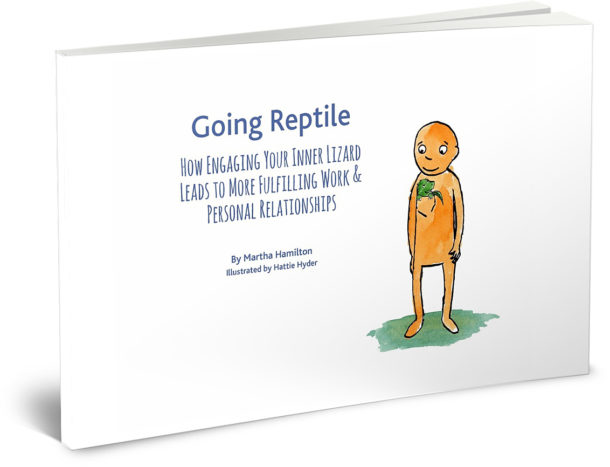When we feel threatened, we react. We all do. It’s not a question of IF we react. The question is HOW we react, and how aware we are that a reaction is occurring – in the moment it is occurring. The more aware we are of our reaction, the less our pre-frontal cortex shuts down.
The more we suppress a reaction, the more our pre-frontal cortex shuts down. This is a challenge with our natural human operating system – until we get to know how our brain works and learn to re-train our brain.
We’ve been looking at the different styles of reactivity. (If you’re just joining the series, you may want to go back to the beginning and read the introduction.) Getting to know the different ways we react is a great step toward becoming aware that we are reacting. Blatant reactions, like someone exploding into anger are more clearly recognized. The more subtle reactions can easily be misinterpreted as something else altogether – sometimes as a competency. This misinterpretation leads to significant loss of effectiveness and capacity. We may think all of our brain, or someone else’s, is all online, when in reality only about 50% of the capacity is available. That can be a problem.
In my book Going Reptile, I break down these reactive styles into four main categories – the Four F’s. Fight, Flight, Freeze and Fawn. We’ve gone through the Fight styles and two of the three Flight styles.
The third Flight Style is The Brilliant Mind
This very creative and intelligent style utilizes being the smartest person in the room in order to create a feeling of safety. And it’s easy to be mesmerized by someone who has an amazing recall of facts, can spin arguments and recite incredible amounts of information. Sometimes it’s hard to recognize that this may be someone who is feeling threatened.
Indicators for the Brilliant Mind Style are: Needing to already know, displaying vast intellect and knowledge, and when this does not work, people with this style leave, isolating themselves from the outside world.
In a difficult situation, they may start waxing eloquently about their vast store of knowledge while a critical issue is in need of attention. Or they might seek to captivate those around them by building complex arguments. They may perhaps even get up and leave if their pontification is not being well received.
These may be indicators that this person is feeling threatened, and has habitually used knowledge in order to stay safe. These safety strategies are not an indicator that something is wrong. They are an indicator that something needs to be tended to and recognized.
We all have multiple styles, which show up differently depending on the context. We’re not one-dimensional beings. But we are wired for safety.
As you get to know your safety strategies, your Styles, and gently befriend them, you will find them loosening. If you ignore or attempt to suppress them, they get stronger and more elusive.
We’ll move on to the Freeze Styles next.

